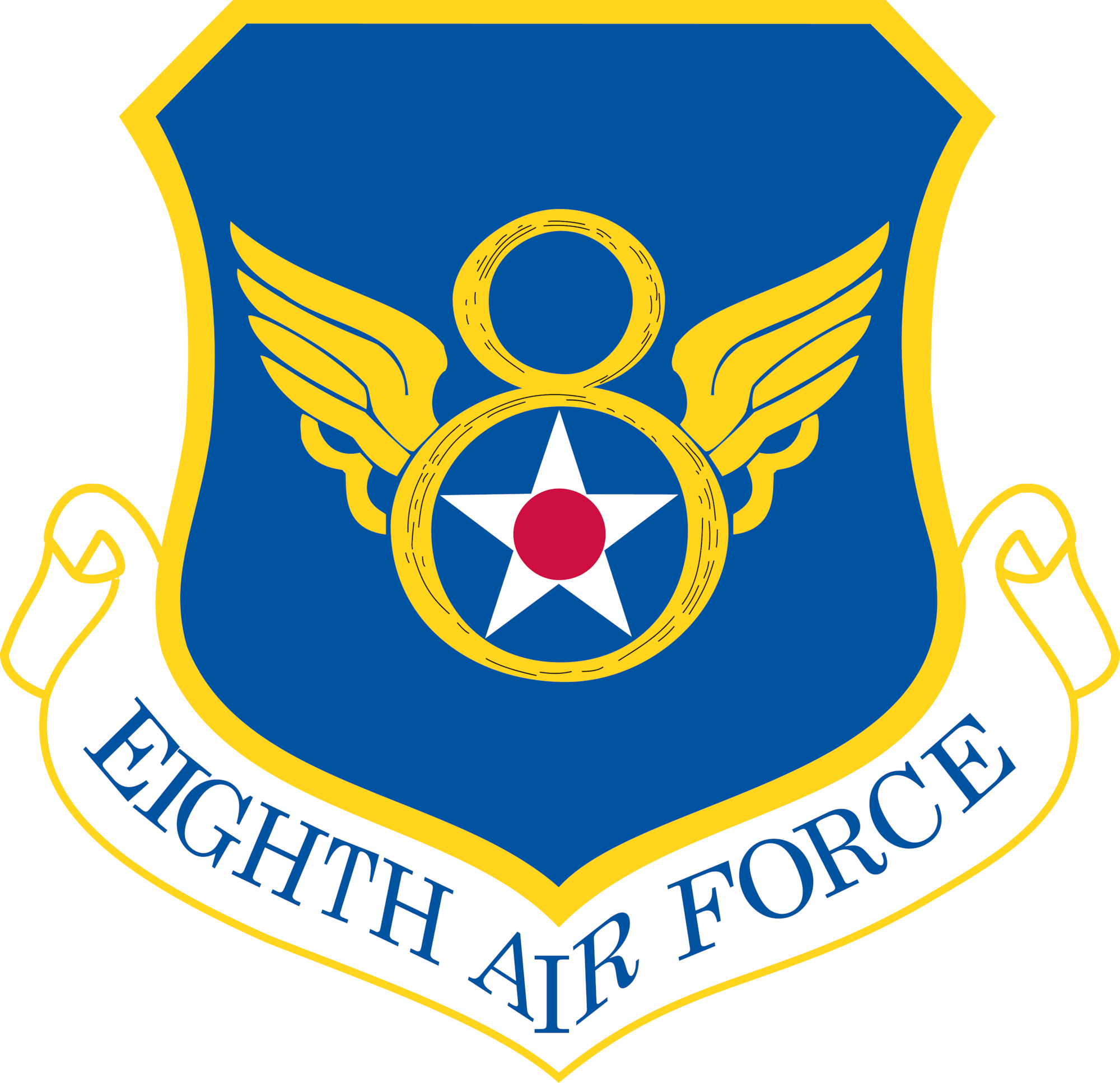- Reaction score
- 2,021
- Points
- 1,260
Haven't seen the show yet, but the U.S. and Canada paid a high price.
The 8th Air Force suffered more than 26,000 dead.

10,673 members of the RCAF were killed while serving with Bomber Command. Their names are listed on the Memorial.
The 8th Air Force suffered more than 26,000 dead.

Eighth Air Force History
During World War II, Eighth Air Force earned a reputation as a great warfighting organization. Originally, the U.S. Army Air Forces activated the Eighth at Savannah, Georgia, on 28 January 1942 with
www.8af.af.mil
10,673 members of the RCAF were killed while serving with Bomber Command. Their names are listed on the Memorial.
To be listed on the Memorial the individual must have been killed while serving with a Bomber Command Squadron or while training with a Bomber Command Operational Training Unit or a Bomber Command Heavy Conversion Unit. Individuals are not included if they died in off-duty accidents or due to illness

